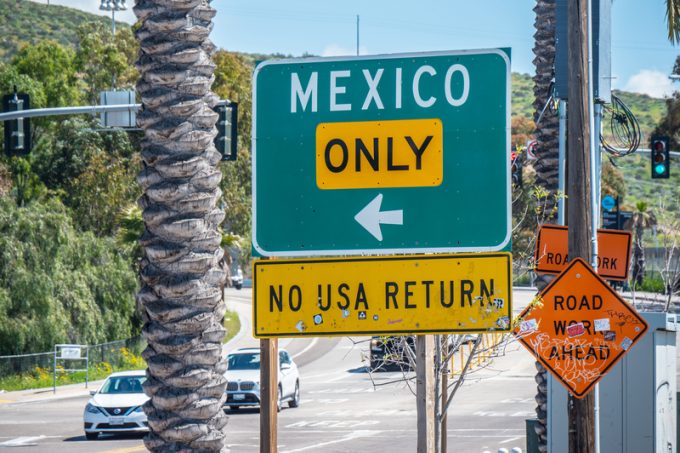US shippers slam USTR port fee plan – 'an apocalypse for trade'
The Trump administration’s plan to revive US shipbuilding by levying hefty fees on China-built or ...

Delays have eased at US-Mexico border crossings, but logistics providers warn that it is still slow?going on northbound routes, and that it will take weeks before border dwell times are back to where they were pre-April.
“Timelines are better than three or four weeks ago. We were experiencing seven to eight-hour delays, now it’s roughly three to four hours,” reported Tom Kaden, chief operating officer of Mallory Alexander International Logistics.
Initially the US government had threatened to close the border altogether, frustrated with the flow of immigrants pouring up to border crossings. ...
'Disastrous' DSV-Schenker merger would 'disrupt European haulage market'
New senior management for DSV as it readies for DB Schenker takeover
Volumes set to 'fall off a cliff' as US firms hit the brakes on sourcing and bookings
Asian exporters scramble for ships and boxes to beat 90-day tariff pause
Amazon pushes into LTL for small package fulfilment and UPS does a u-turn
Temporary tariff relief brings on early transpacific peak season
Pre-tariff rush of goods from US to China sees air rates soar, but not for long
Forwarders 'allowing the fox into the chicken run' by supporting 'hungry' carriers


Comment on this article